Macau: 10 fascinating facts about Europe's last colony in Asia – and the most crowded place on Earth
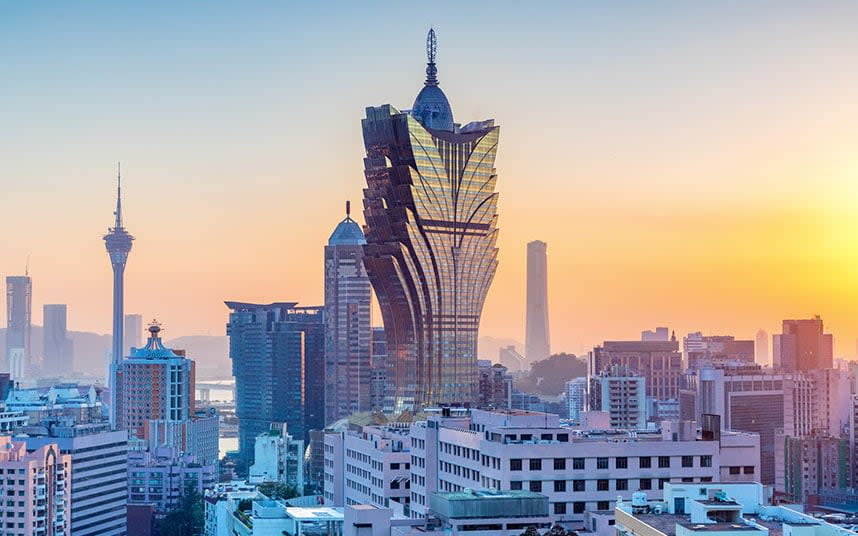
When is a part of China not part of China? When it is Macau, and it is an autonomous territory that sits on the south coast of the Far East’s superpower, jogging along by its own rules and regulations (sort of), and spinning about to the whirl of the roulette wheel.
Why mention this now? Because according to a new study by the International Monetary Fund (IMF), Macau is set to overtake Qatar as the richest place in the world by 2020. Here are ten other things you probably didn’t know about the autonomous territory.
1. It was the last European colony in Asia
On April 13 1987, Portugal and China announced the Sino-Portuguese Joint Declaration – which said that Macau, having been a Portuguese outpost for more than 400 years, would become “Chinese” (see below) on December 20 1999. Which it did (although not entirely – again, see below). By the time the switchover finally occurred, Macau was the final European colony on the Asian landmass, Hong Kong having undergone a similar transfer between Britain and China in 1997. In the case of Macau, this was a considerable break with the past. It was first leased to Portugal in 1557 – and became a full colony in 1887.
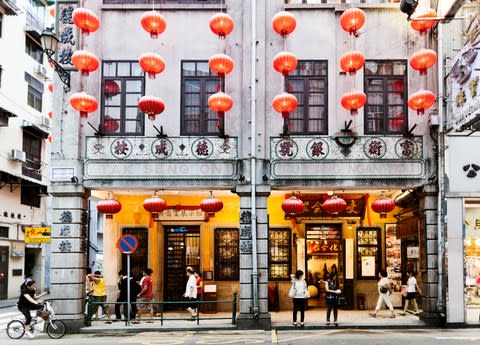
2. It's a bit like Hong Kong
Macau and Hong Kong are neighbours in more than just physical proximity – Macau lies some 40 miles south-west of China’s coolest city, across the estuary of the Zhu Jiang (Pearl) River. It goes about its day as an “autonomous territory” under the “One Country, Two Systems” set-up pioneered by Chinese leader Deng Xiaoping in the Eighties, when the country was seeking to draw Hong Kong and Macau back into the fold. Under this principle, Macau has been allowed to retain control of its own (capitalist) economy, legal system and immigration policy without (officially, at least) interference from Beijing. This state of affairs will endure until 2049 – 50 years on from the transfer of sovereignty.
Top 20 | The world’s most visited cities
3. It is the most densely populated place on the planet
If, by “place” we mean “country” or “dependency”. Because, on this scale, Macau is very crowded indeed. It spreads its wings to just 11.8 square miles of territory, but somehow finds room within for 650,900 residents. This equates to 55,454 people per square mile. Which is a lot. The second most densely populated country is Monaco, which claims a mere 0.78 square miles of land but contains 38,400 people (49,236 souls per square mile).
4. It makes its money by betting it all on black (or red)
Macau has earned a reputation for being the “Monte Carlo of the Orient”, but it has more in common with a certain city in Nevada than said quasi-Gallic fragment of the Cote D’Azur. Gambling is practically a religion, equating to 50 per cent of its economy. This is nothing new – gambling has been legal in Macau since it was rubberstamped by Portugal in the 1850s. It remains the only place “in” China were gambling is legal, making it a huge attraction for tourists from the mainland and Hong Kong. This adds up to an awful lot of money.
For much of the 20th century, Chinese games – such as Fan Tan, a version of roulette – dominated the casinos. But the last 20 years have seen a move to embrace the many western-style ways of parting the punter from his money – to the extent that, in 2007, Macao overtook the Las Vegas Strip on gambling revenues. The similarities with the USA’s kingpin of the slot machine do not end here. Some of Macau’s hotels have a discernible familiarity – like Wynn Macau and The Venetian Macau. Are you in Vegas or in China? It doesn’t matter, sir. Place your bet.
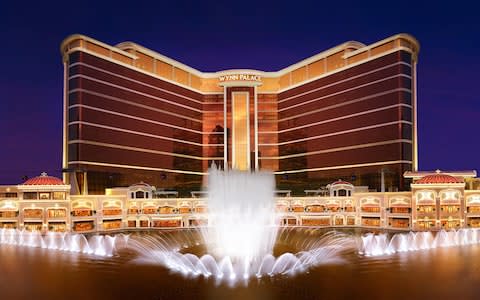
5. It still looks really Portuguese
Portugal secured what should probably be described as “a sweet deal” when it took on Macau in 1557. Lisbon agreed to pay 500 taels of silver (around 19kg) per year for use of this Far Eastern location as a trading port. It left its mark on the landscape in the subsequent four centuries. Its colonial core, the Centro Historico de Macau, was listed as a Unesco World Heritage Site in 2005, and comprises more than 20 landmarks which act as a junction box between two worlds.
Unesco is effusive in its praise. “With its historic streets, residential, religious and public Portuguese and Chinese buildings, the centre of Macau provides a unique testimony to the meeting of aesthetic, cultural, architectural and technological influences from East and West,” it declares. Impressive stuff. This vibrant clash takes in the Teatro Dom Pedro V (a grand neoclassical theatre constructed in 1860) and the A-Ma Temple (a rather older structure, built in 1488, which is dedicated to the Chinese sea goddess Mazu, and is considered to be the primary source of Macau’s name).
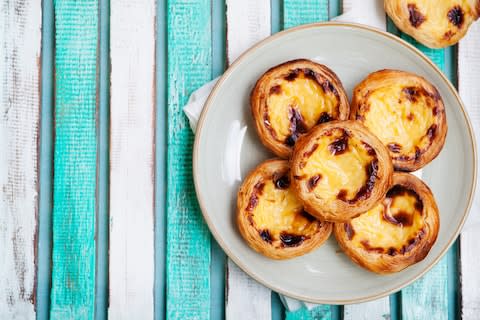
6. Its cathedral is a survivor
The Cathedral of the Nativity of Our Lady – or the Sé Catedral de Natividade de Nossa Senhora, to use its more romantic Portuguese title – is another of Macau’s Unesco-approved wonders. But it has had to tiptoe its way through the centuries. Originally built out of wood, the place of worship first graced the city’s skyline in the early 17th century and has been a cathedral since 1623. It was rebuilt in stone in 1850, only to be toppled by a typhoon in 1874, forcing major repairs; builders finally knocked it down in 1937 and started again. It needs a little appreciation of its plucky durability.
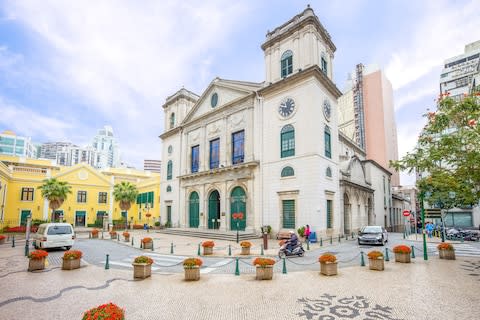
7. Macau was once the scene of a European catfight
Similar to those random international football friendlies between two teams from another continent, dropped into a distant region – only with far more bloodshed and a little less play-acting – Macau was the scene of the only ever fight between two European powers to take place on Chinese soil. The Battle of Macau fired its shots between June 22 and 24, 1622, as Dutch forces tried to prise Portugal’s new toy from its dainty hands. They did not succeed. Outnumbered and outgunned, Portugal held firm – though the broader conflict, the Dutch-Portuguese War of 1601-1661, ebbed on for another 39 years.
The best hotels in Macau
8. It has a futuristic waterfront
As a neighbour of Hong Kong, nothing less is to be expected. Admittedly, Macau’s seafront structures do not, perhaps, have the scale or the sense of the spectacular that come infused in Hong Kong’s epic harbour – but they do have a certain flair. Particularly the Science Center, a sleek edifice containing a planetarium whose conical form is enhanced by a distinctive spiral walkway pinned to its exterior. It was completed in 2009, and was partially designed by the Chinese-American superstar architect I M Pei.
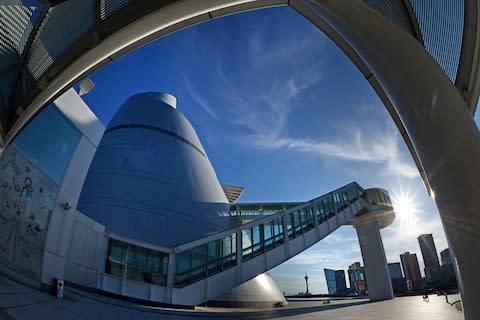
9. Which caters to daredevils
For those who prefer their city breaks doused in adrenaline, the Macau Tower is a clear point of interest. It bears a visual resemblance to both the Space Needle in Seattle and the Sky Tower in Auckland – and was specifically inspired by said New Zealand skyscraper. As with the Sky Tower, you can, if you choose, throw yourself from it. It rears to 764ft (233m), making it home to the highest commercial bungee-jump point on the planet. If you aren’t fond of falling from great heights, it also offers Skywalk X, where you can skip round the outer edge of the building on a windy ledge. Good luck.
10. It is offshore, but not offshore, if that makes sense
Macau’s geography is mildly complicated. The core of it is a peninsula, framed by the waters of the Zhu Jiang on one side and the currents of the Xi Jiang (West River) on the other. Here, though, it is physically attached to China. Yet its torso also stretches to two islands. Taipa has the international airport while Coloana has a gentle ambience, rolling to a conclusion on the black and gold sand of Hac Sa, the enclave’s largest natural beach.
Best countries

